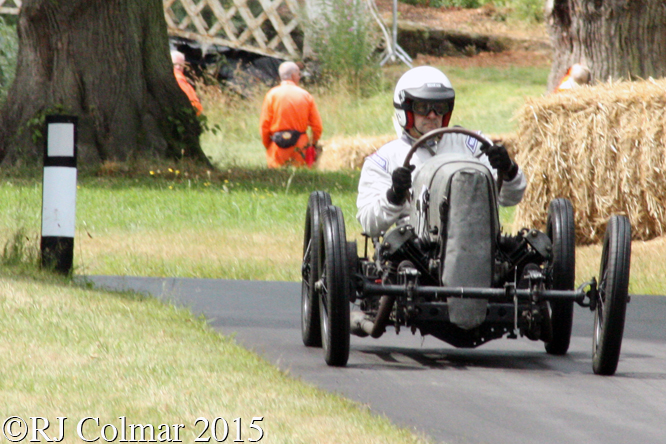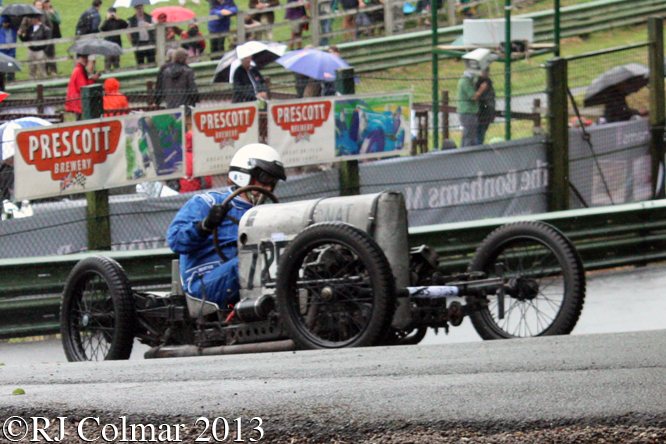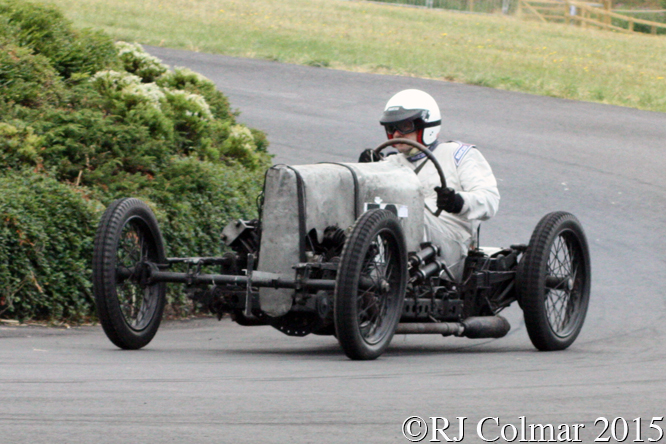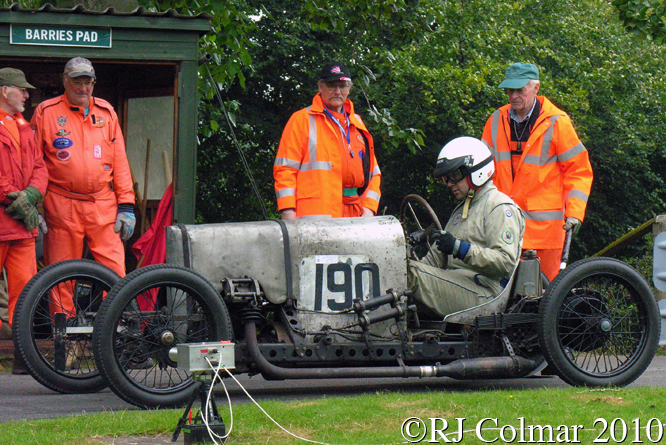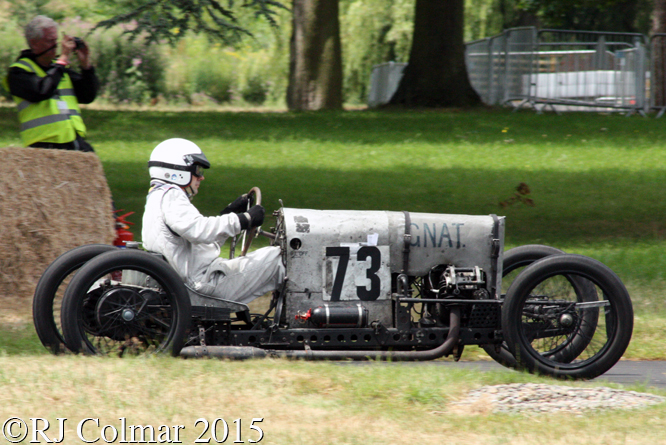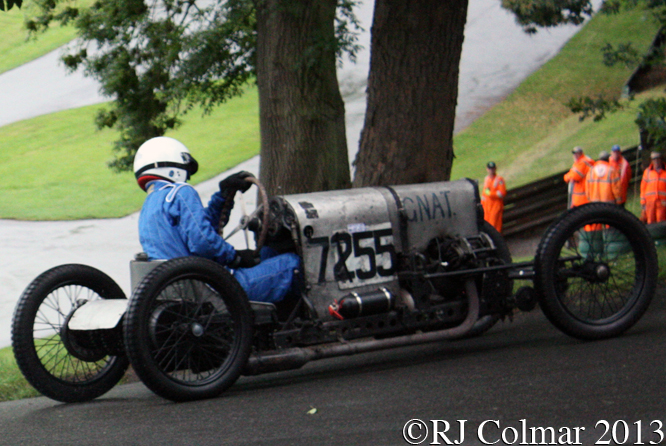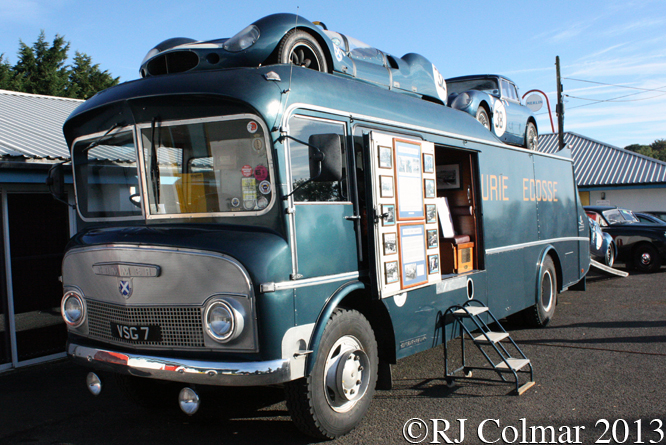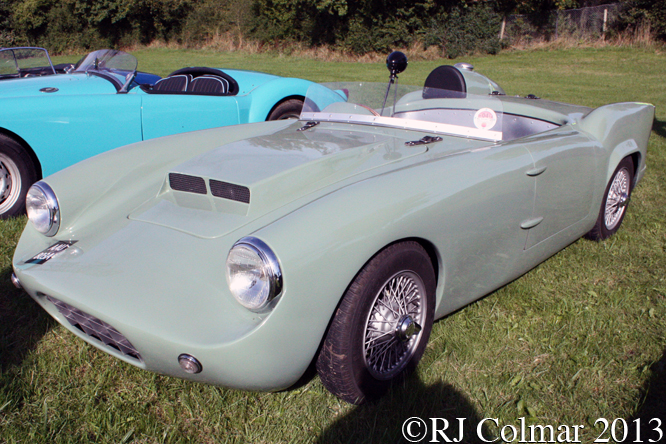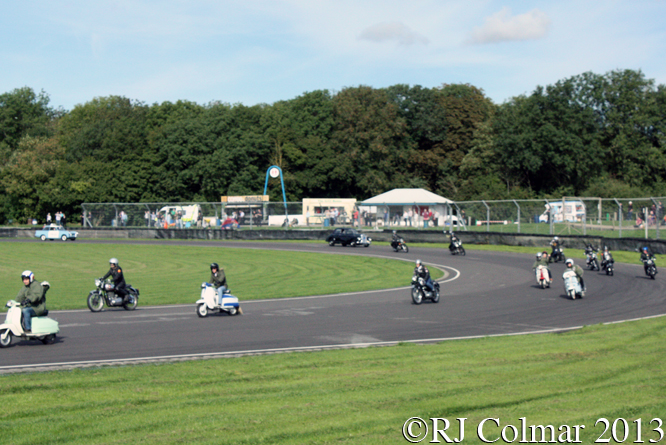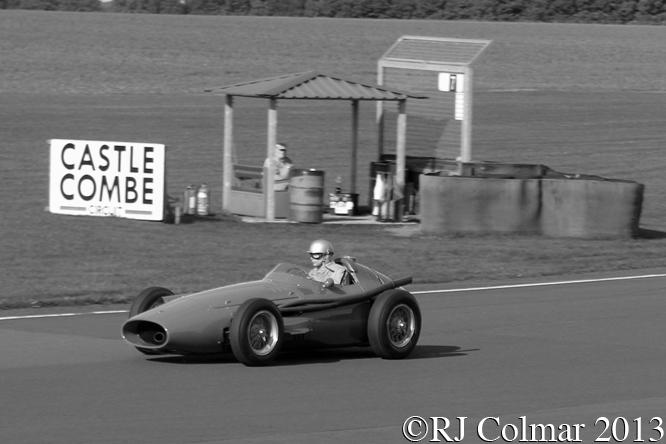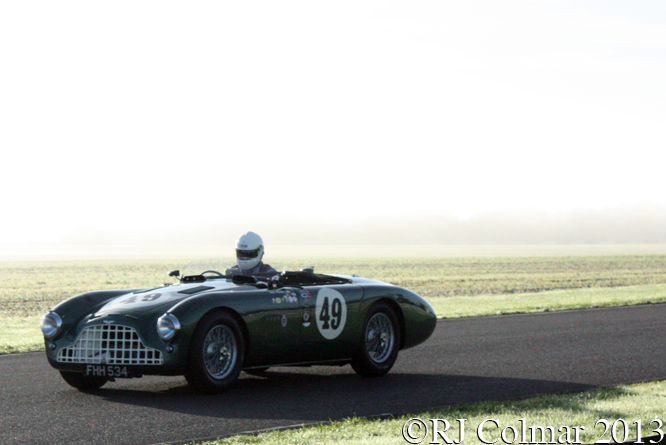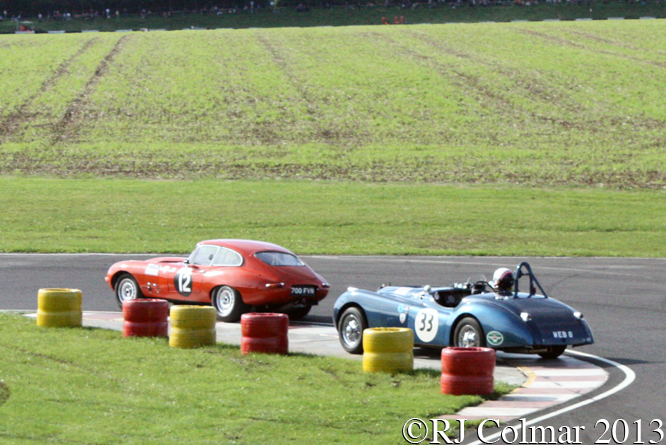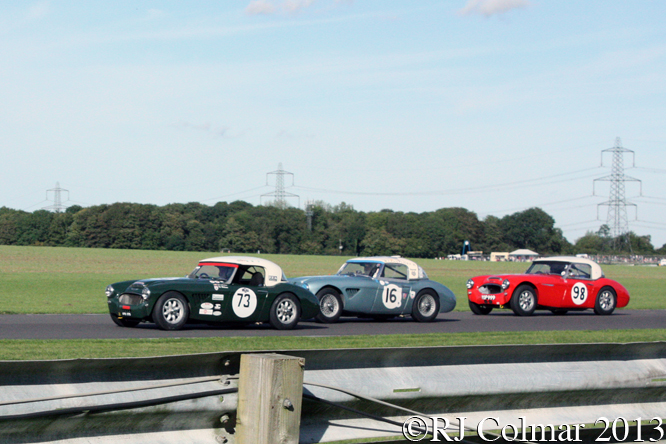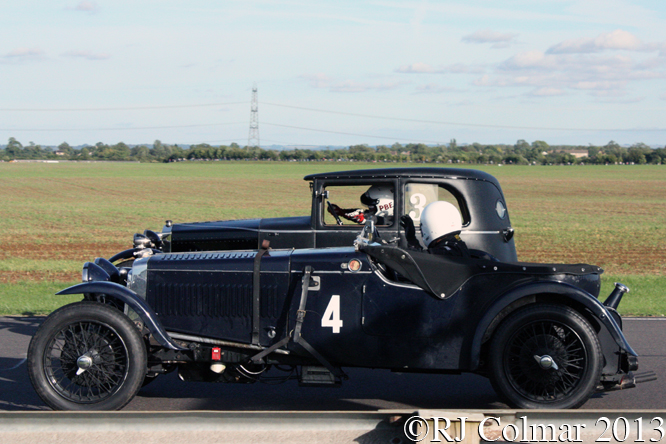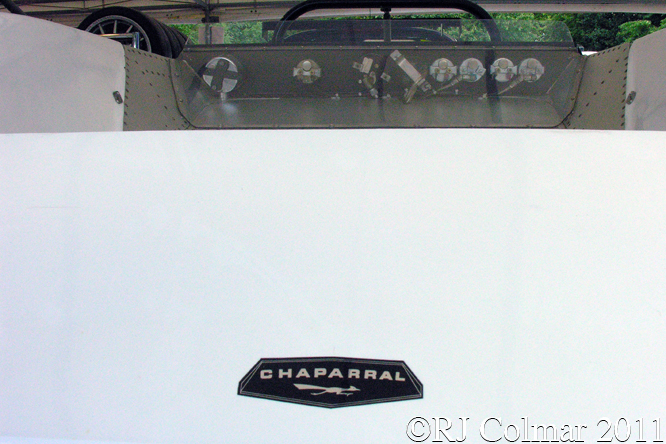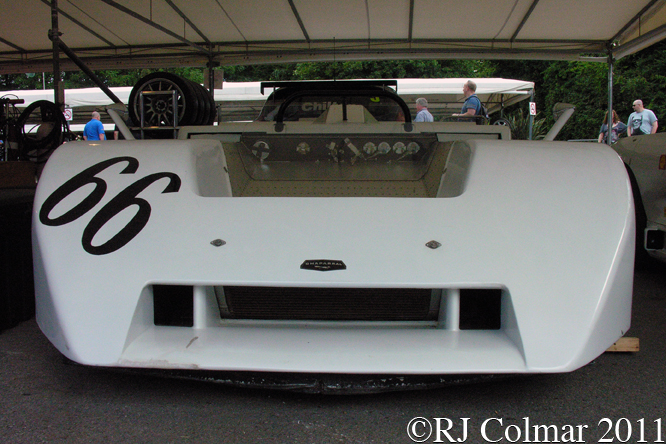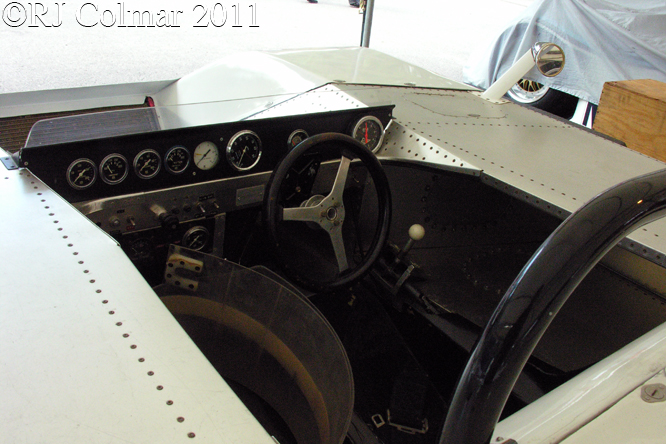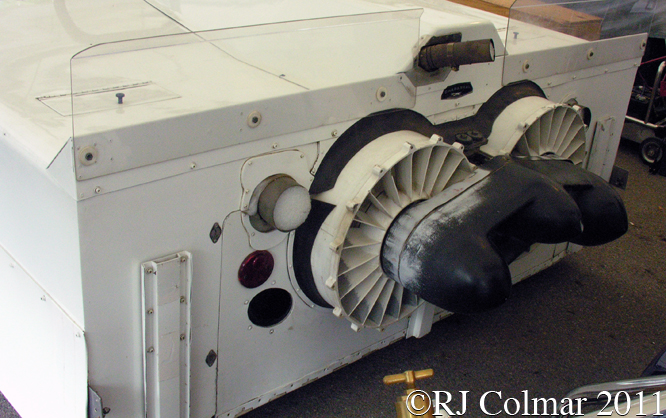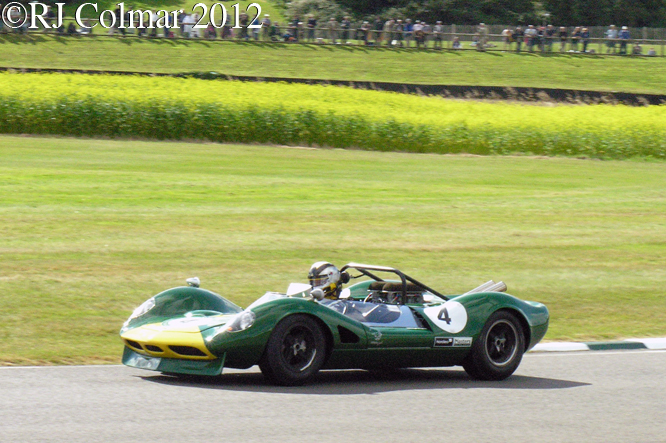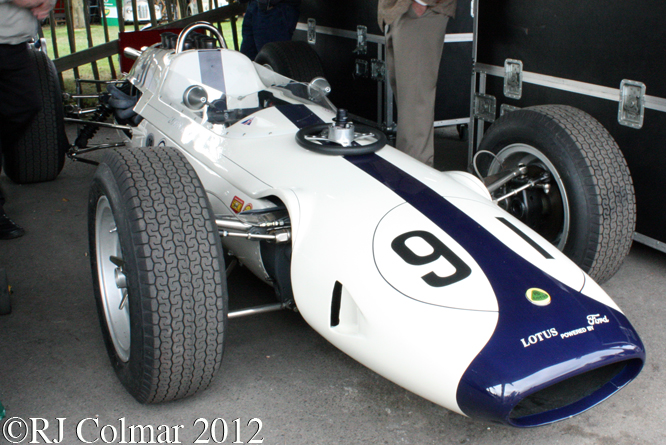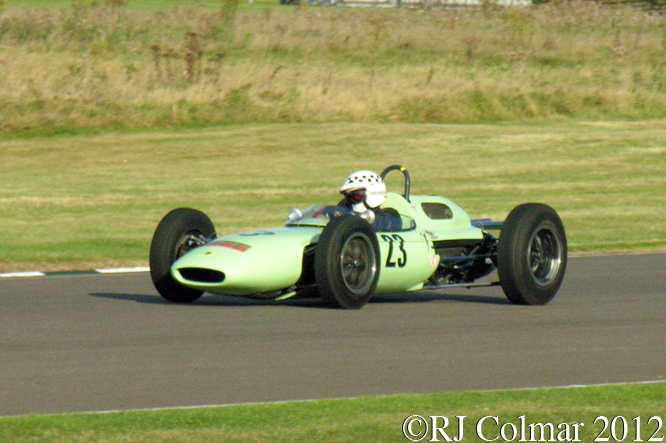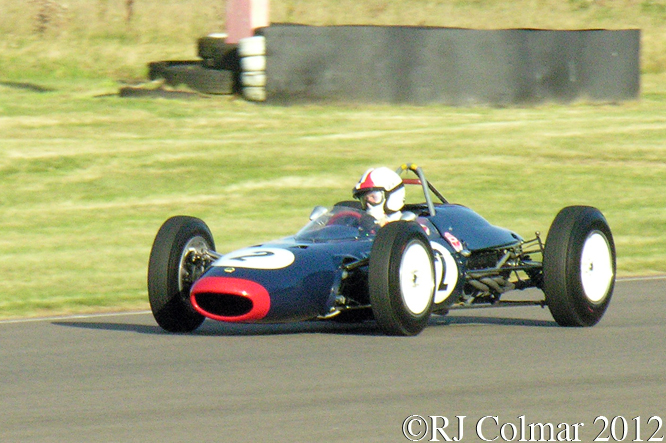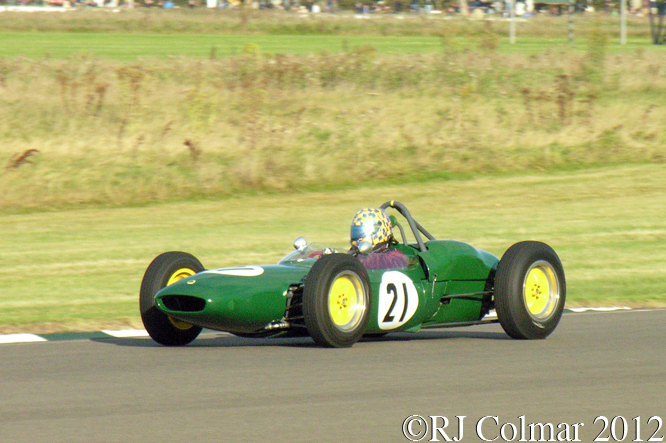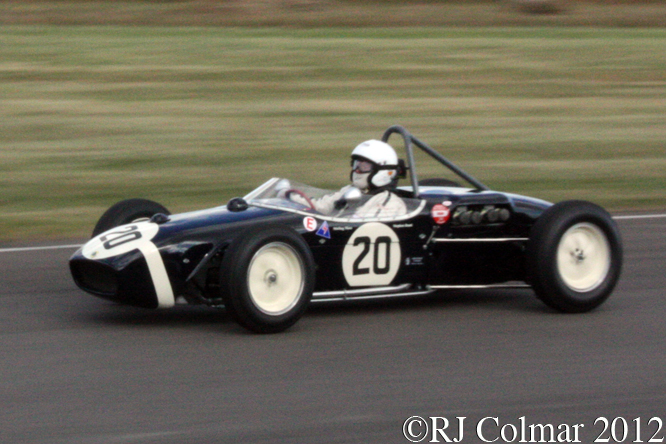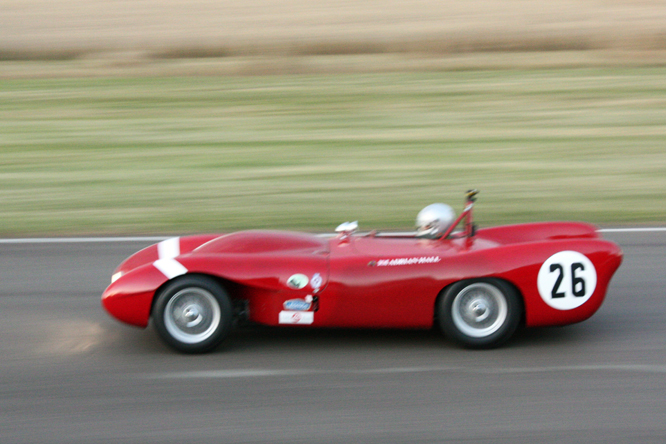Last Sunday saw the runners and riders of the World Endurance Championship gather for the 6 Hours Of Silverstone with a smattering of new rules, new cars, cars and new faces.
Of the new rules the most significant was abandoning the safety car in all but the most extreme cases for full course yellow’s and this led to the race being disturbed for only 8 minuets over six hours and no unnecessary bunching of the field.
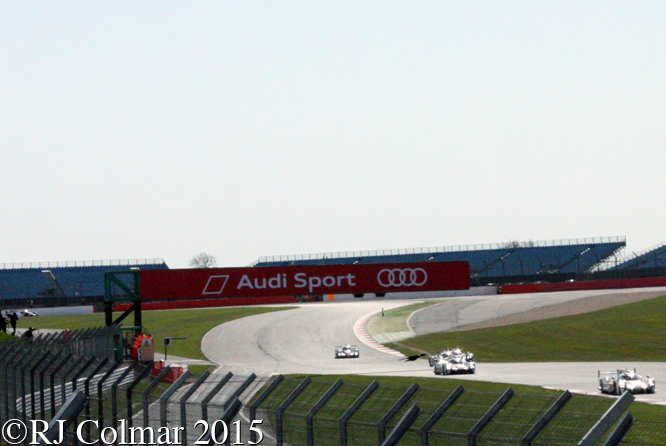
Qualifying in the top LMP1 category was locked out by the two Porsche 919 Hybrids, reckoned to be more powerful than the 900hp Peugeot 908 turbo diesels, driven Timo Bernhard, Mark Webber with Brendon Hartley and Romain Dumas, Neel Jani and Marc Lieb which can be seen leading the pack of Audi’s and Toyota’s on the opening lap.
Thanks to an electrics problem that knocked out his telemetry and gave him a misfire Benoit Tréluyer is seen on the extreme left of the photo above as he fell all the way back to tenth place in the opening laps before the problem sorted it’s self out.
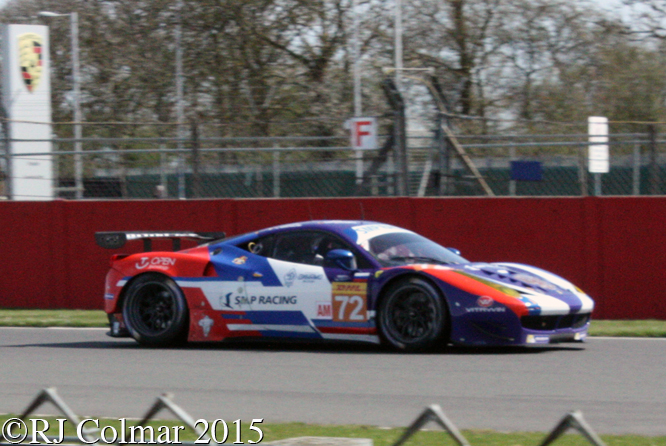
Despite qualifying only 5th fastest in the GTE/Am category Russians Victor Shaytar, Aleksey Basov with Italian Andrea Bertolini came through to finish third in class and 18th overall, with their #72 SMP Racing Ferrari F458 Italia seen above on the Hangar Straight.
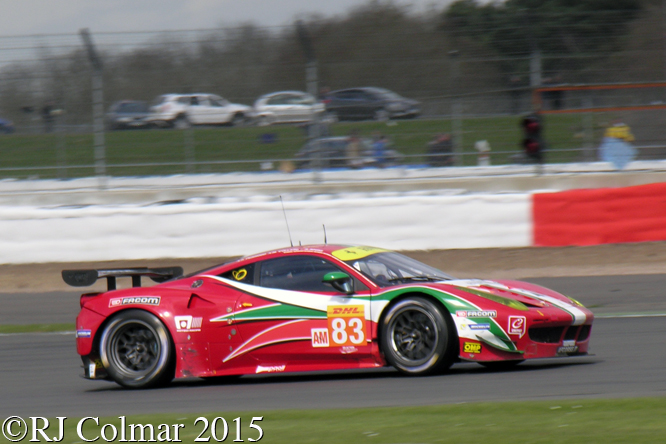
Seen turning into the fast sweeping Abbey above is the #83 AF Corse Ferrari of Frenchman François Perrodo and Emmanuel Collard who with Portugals Rui Aguas qualified 4th in LMGTE/Am and finsihed 2nd in class and 17th overall.
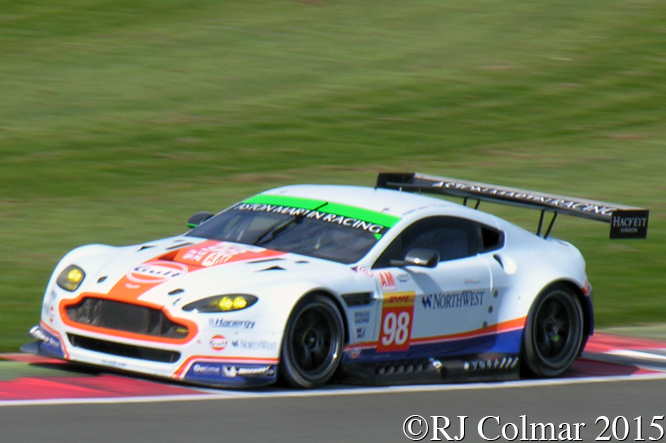
Only 30 seconds covered the top three LMGTE Am class finishers after six hours of racing, Canada’s Paul Dalla Lama with Portugal’s Pedro Lamy and Austian Mathias Lauda converted their LMGTE/Am pole into a first place in class finish, 16th overall, driving the #98 Aston Martin Racing Vantage V8 seen at Becketts above.
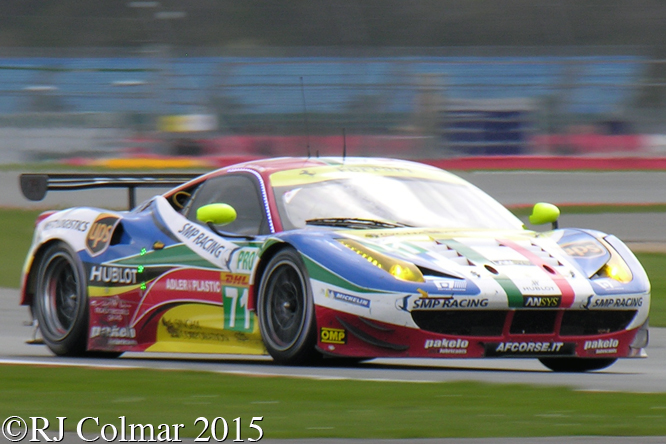
Slowest of the 7 LMGTE Pro qualifiers were Italy’s Davide Rigon and Britain’s James Calado but they dug deep and finished the race third in class, 11th overall, less than 30 seconds behind the class winners.
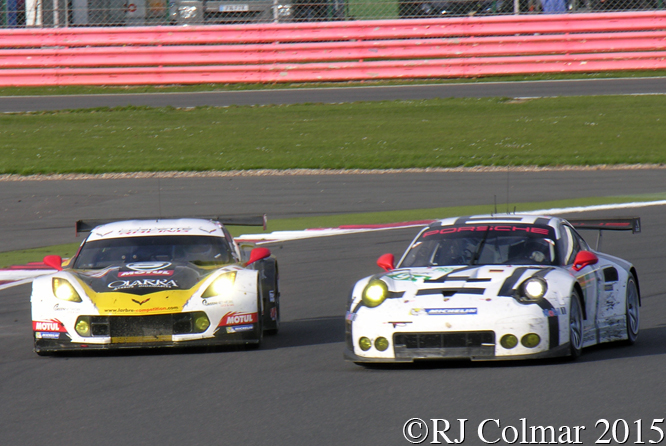
German Richard Leitz and Denmarks Michael Christensen qualified their #91 Porsche Team Manthey Porsche 911 RSR in 4th place behind three Aston Martin’s, by the end of the race the Aston’s had all fallen one lap down on the three class leading LMGTE Pro cars.
The 2nd in class, 10th place overall, finishing #91 Porsche is seen lapping the returning Labre Competition teams new LMGTE Am #50 Corvette C7 driven by Italians Gianluca Roda, Paolo Ruberti and Denmarks Kristan Poulsen at Vale above.
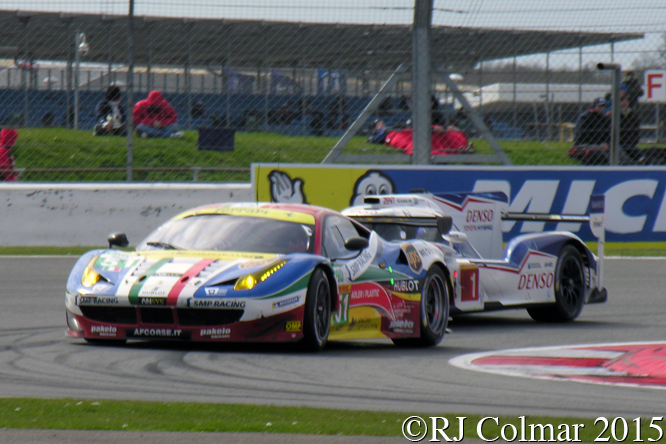
Winners of the LMGTE Pro class and 9th overall were Italy’s Gianmaria Bruni and Finlands Tony Vilander who qualified their #51 AF Course Ferrari 5th in class, the Ferrari is seen being chased by a LMP1 Toyota at the Arena.
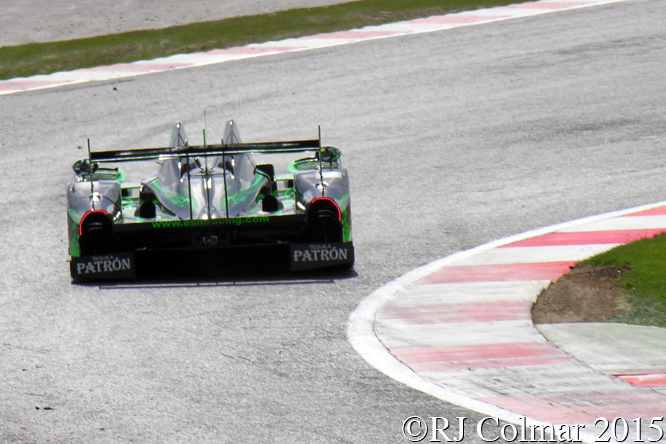
While awaiting the delivery of a new pair of LMP2 Ligier’s the Extreme Motorsports team made their debut in the WEC with a pair of HPD (Honda Performance Developmant) ARX O3B’s.
The #30 HPD, seen above exiting Maggots, driven by American Scott Sharp, Britain Ryan Dalziel and Denmarks David Heinemeier Hanson qualified 4th in class and crossed the line third in class.
Regrettably the car was excluded because it was found in post race scrutineering to have been running with a thinner ALMS spec plank under the car than the mandated thicker WEC spec plank, this was a tough break for the popular US team.

With the exclusion of the #30 the Nissan powered #42 Strakka Racing Dome S103 driven by Britain Nick Leventis, Danny Watts and Jony Kane was awarded third in class.
Watts ended up going into the kitty litter on the first corner of the first lap but with help from the marshalls the team recovered from last place to finish a respectable 8th overall.
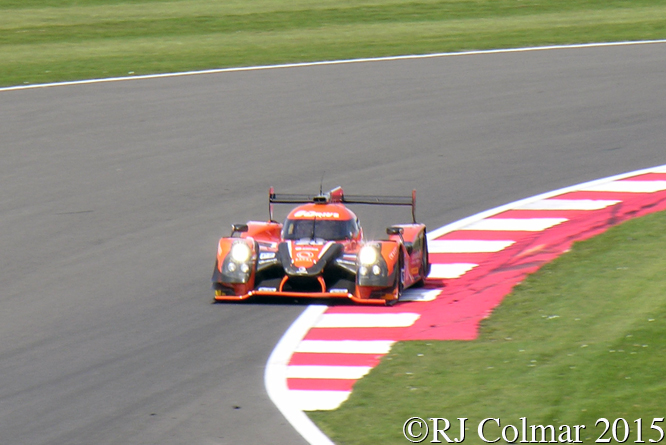
Columbian Gustavo Yacaman, Brazilian Luis Felipe Derani and Mexican Ricardo Gonzalez qualified their Nissan powered #28 G-Drive Racing Ligier JS P2, seen at entering Becketts on class pole, but finished the race 2nd in class, 7th overall and 1 lap behind their team mates …
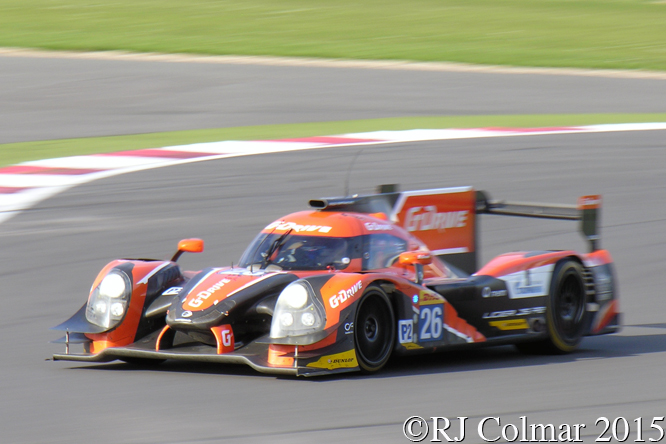
Russian Roman Rusinov Frances Julien Canal and Sam Bird, who’s class winning #26 Ligier is seen above at Club.
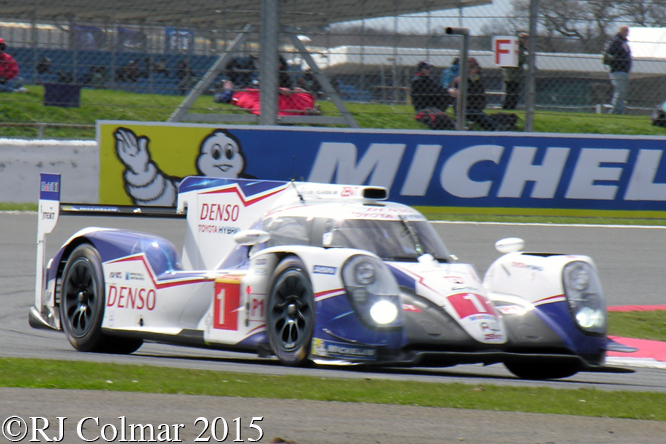
At the head of the field representatives from all three leading manufacturers took turns at the lead after qualifying fourth reigning World Endurance Champions Brit Anthony Davidson and Swiss Sébastien Buemi, who were joined by the Japanese Kazuki Nakajima came through to a third place finish just 15 seconds behind the the winning car.
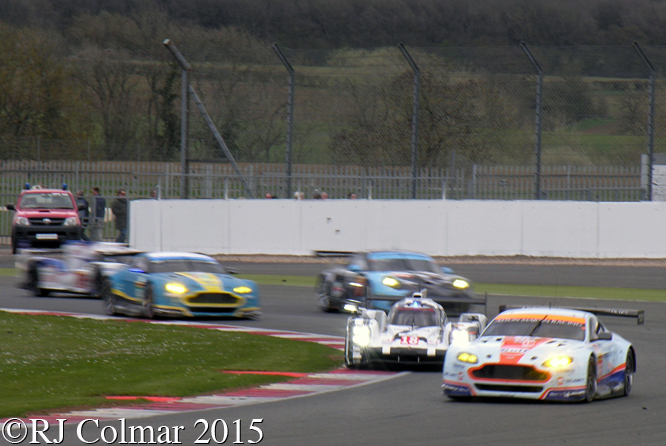
After easily leading the opening 90 mins of the race from pole position Mark Webber had to retire the lead #17 Porsche 919 Hybrid with transmission issues before team mates Timo Bernhard and Brendon Hartley had a chance to drive it, leaving the sister #18 front row starter driven by Romain Dumas, Marc Lieb and Neel Jani with a small lead over the fast recovering #7 Audi driven by Benoit Treluyer, Marcel Fässler and Andre Lotterer.
A fantastic battle between the two leading cars ensued from the half way stage of the race, which included this linked scrap with 50 mins to go, at the end of the day the inferior tyre wear on the faster Porsche swung victory away from them despite trying a two tyres only final stop.
Above Neel Jani slices past the LMGTE Am #96 Aston Martin driven by Francesco Castalocci, Roland Goethe and Stuart Hall while the #1 Toyota awaits to slice past the LMGTE Am Dempsey Proton Racing #77 Porsche driven by Patrick Dempsey, Patrick Long and Marco Seefried and LMGTE Pro #99 Aston Martin driven by Alex Macdowall, Fernando Rees, and Richie Stanamay.
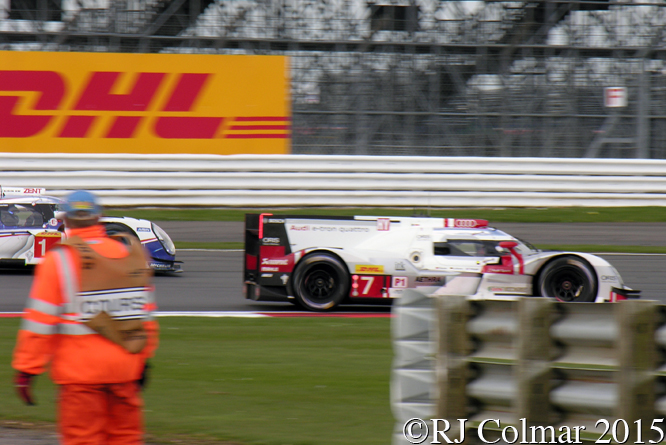
With 15 minutes to go the #7 Audi driven by Marcel Fässler had lead of over a minute when it was called in for a splash and dash stop. At the same time the #7 was also awarded a stop go penalty for an overtaking maneuver beyond the track limits at club.
The #7’s lead was just 37 seconds after the splash and dash and less than 10 seconds after the penalty stop, but there were not enough laps left for Neel to chase the #7 down and with a winning margin of less than five seconds it was the Audi Sport Team Joest drivers who’s names were added to the base of the 110 year old Tourist Trophy at Silverstone.
Despite starting with an electical failure the #7, seen passing the 3rd placed #1 Toyota in the Arena above, came through to win by covering a record 201 laps.
Thanks for joining me on this “That’s Entertainment” edition of “Gettin’ a li’l psycho on tyres” I hope you will join me again tomorrow when I’ll be looking at a Chrysler 300D. Don’t forget to come back now !
